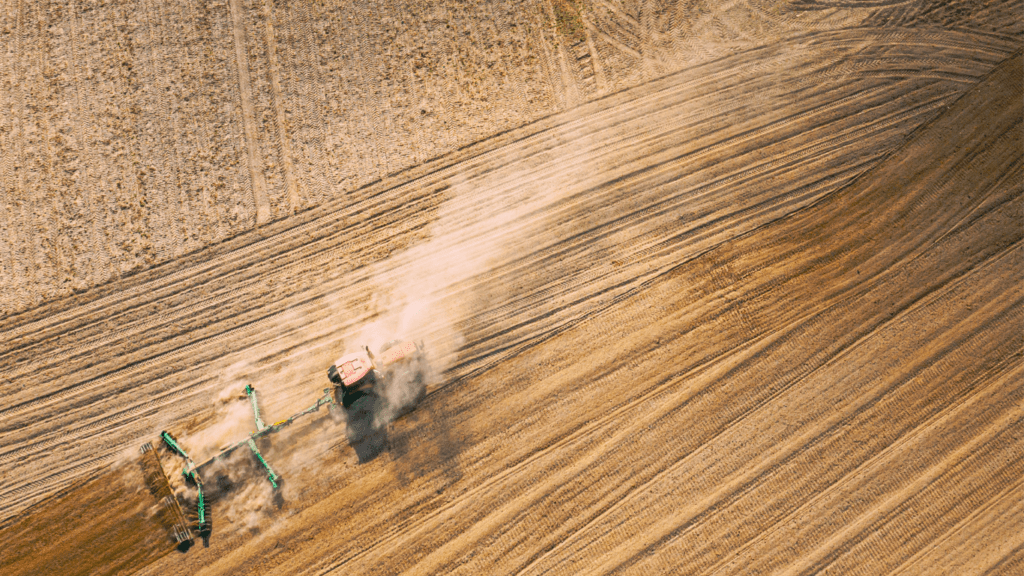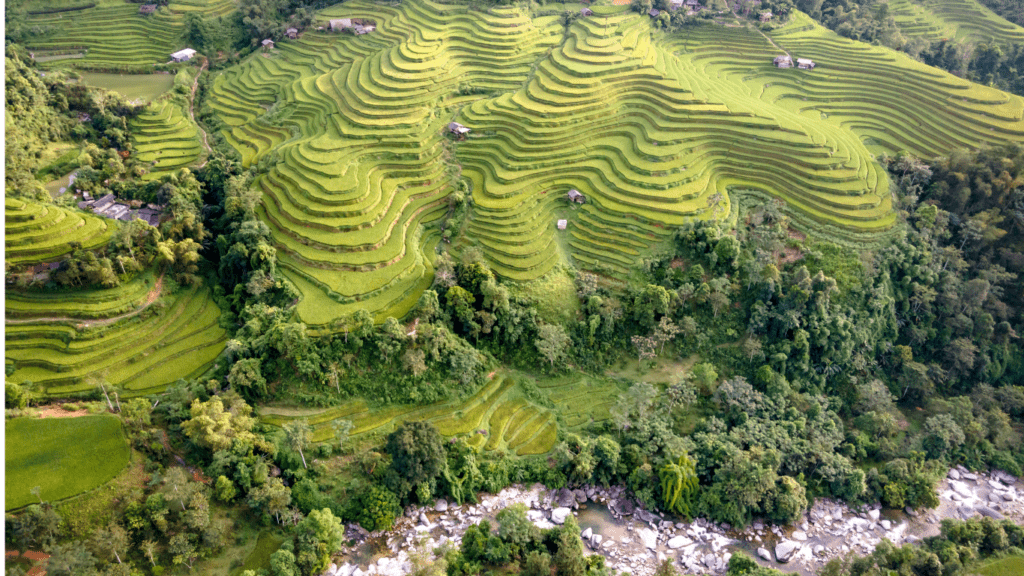Precision Agriculture and Smart Farming
Precision agriculture and smart farming are transforming the agricultural landscape in 2024.
Advanced Sensors and IoT Devices
Advanced sensors and IoT devices provide real-time data on soil moisture, nutrient levels, and crop health. For example, soil sensors monitor specific nutrient content, ensuring optimal fertilization.
IoT devices transmit this data to farmers, helping them make informed decisions. These technologies reduce water waste and enhance crop yields by providing precise inputs tailored to each field’s needs.
Machine Learning and AI Integration
Machine learning and AI integration allow for predictive analytics in farming. For instance, AI analyzes climate patterns to anticipate weather conditions, aiding in crop management.
Machine learning algorithms detect pests and diseases early by analyzing images from drones. This proactive approach minimizes crop loss and optimizes resource management, ultimately enhancing overall farm productivity.
Sustainable Crop Production Technologies
Sustainable crop production technologies are reshaping the future of agriculture, focusing on efficiency and environmental impact. These innovations address the need for sustainable practices while enhancing productivity.
Vertical Farming Techniques
Vertical farming techniques involve growing crops in stacked layers, often in controlled indoor environments. These methods use less land and water compared to traditional farming. For example, aeroponic systems use mist to deliver nutrients directly to the roots, conserving up to 95% of water.
Hydroponic systems, another example, grow plants in nutrient-rich solutions, eliminating soil usage and enabling faster growth. Vertical farms can be set up in urban areas, reducing transportation costs and emissions. By controlling environmental conditions, vertical farming also minimizes pesticide use, resulting in cleaner produce.
Soil Health and Regeneration Methods
Soil health and regeneration methods focus on improving soil quality and restoring its natural fertility. Practices like cover cropping involve planting specific crops to protect and enrich soil during off-seasons. For instance, legumes as cover crops add nitrogen to the soil, enhancing its fertility.
Crop rotation is another method, helping prevent soil nutrient depletion and reducing pest buildup. No-till farming minimizes soil disturbance, preserving its structure and increasing water retention. Composting organic waste into the soil boosts microbial activity, promoting healthy plant growth. These methods contribute to long-term sustainability and productivity of agricultural lands.
Robotics and Automation
Agriculture in 2024 sees a surge in robotics and automation, streamlining processes and enhancing productivity.
Autonomous Tractors and Machinery

Autonomous tractors and machinery are revolutionizing farming. These systems use GPS and advanced sensors for precise navigation and operation. Farmers can program these machines to perform tasks like:
- plowing
- sowing
- harvesting
with minimal human intervention. For instance, John Deere’s autonomous tractor uses machine learning for obstacle detection and efficient field management.
Drone Technology for Crop Monitoring
Drones play a critical role in crop monitoring and management. Equipped with multispectral cameras and sensors, drones provide real-time data on crop health, soil conditions, and irrigation needs.
Farmers can use this information to make informed decisions about fertilization, pest control, and watering schedules. Companies like DJI offer agricultural drones that map large areas and identify issues at an early stage, ensuring crop health and maximized yields.
Genetically Modified Crops
Genetically modified (GM) crops revolutionize agriculture in 2024, offering innovative solutions for sustainability and food security. These crops address environmental challenges while achieving higher yields.
Drought-Resistant Varieties
Drought-resistant GM crops thrive even with reduced water. Scientists modify genes to help plants maintain productivity in arid conditions. For instance, drought-resistant corn varieties increase yields by up to 25% compared to traditional corn in low-water environments (source: USDA). These crops bring stability to regions grappling with water scarcity.
Pest-Resistant Strains
Pest-resistant GM crops reduce reliance on chemical pesticides. Genetic modifications enable plants to produce proteins that deter pests, protecting crops naturally. The Bt cotton, for example, contains a bacterial gene that makes it resistant to bollworms, resulting in a 50% decrease in pesticide use (source: EPA). Farmers benefit from healthier crops and lower production costs.
Renewable Energy Solutions
Renewable energy solutions in agriculture are becoming crucial for sustainable farming. These innovations help reduce dependence on fossil fuels, cutting costs and environmental impact.
Solar-Powered Irrigation Systems
Solar-powered irrigation systems utilize solar panels to generate energy for pumping water. This method saves costs and reduces carbon footprints.
According to the International Renewable Energy Agency (IRENA), solar irrigation systems can cut energy costs by up to 90%. Countries like India and Kenya are adopting these systems to combat water scarcity and enhance crop yield. For instance, in Kenya, over 200 projects have implemented solar-powered pumps, revolutionizing water accessibility for farmers in arid regions.
Bioenergy from Agricultural Waste
Bioenergy generated from agricultural waste transforms organic materials into usable energy forms like biogas. This practice not only manages waste but also produces renewable energy.
The Food and Agriculture Organization (FAO) states that bioenergy can meet 20% of the global energy needs by 2030. Germany leads in this field; biogas plants there process corn silage and manure into electricity, heat, and fuel. This technology enables farmers to convert residues such as crop stalks and animal manure into valuable energy sources, reducing greenhouse gas emissions and enhancing sustainability.



